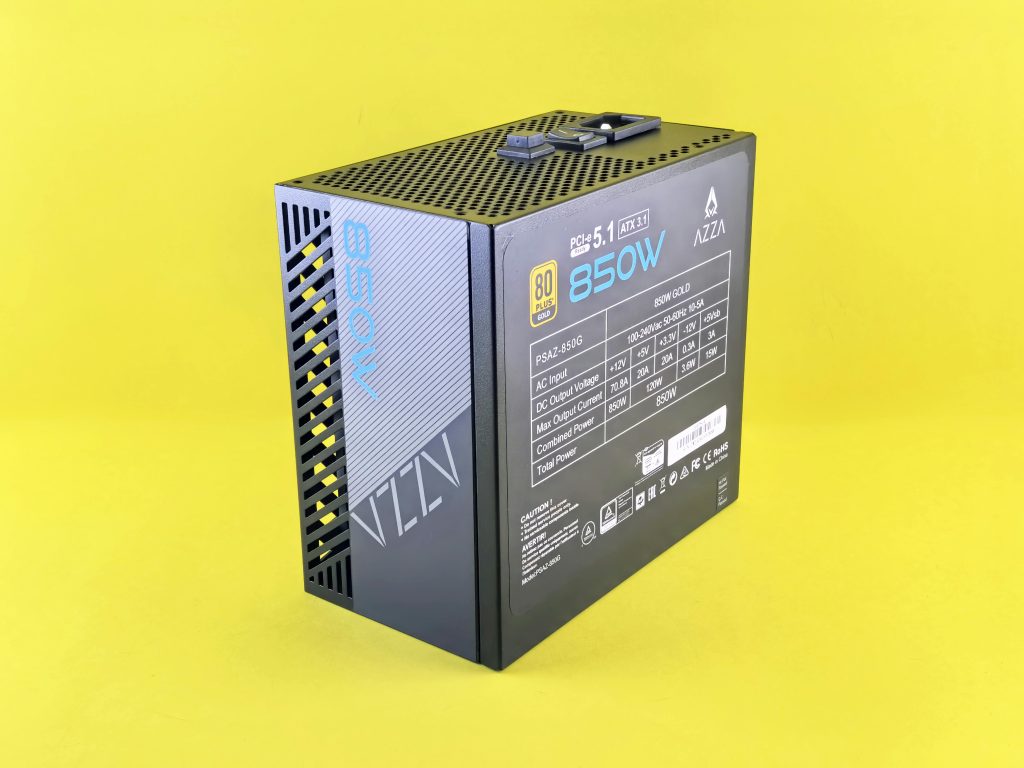Understanding Frame-Time Stuttering in Gaming: The Impact of Mouse Inputs and USB Device Interference
Having a smooth gaming experience is something many PC enthusiasts strive for, yet persistent micro-stuttering can significantly hinder gameplay. If you’ve encountered similar issues, particularly where frame timing irregularities occur unexpectedly, you’re not alone. In this article, we’ll explore a real-world case where a gamer faced stuttering issues potentially linked to mouse inputs and USB device interactions, and discuss troubleshooting steps to help resolve such problems.
Case Overview
The user in question has operated their gaming PC for several years, observing sporadic micro-stuttering during gameplay. Despite multiple hardware upgrades—such as replacing RAM, upgrading the power supply, and reinstalling a previous graphics card (GTX 1080)—the problem persisted. Frustrated, they sought deeper insights using system monitoring tools.
Diagnosing System Latency with LatencyMon
To analyze the root cause, the user employed LatencyMon, a utility designed to monitor kernel asynchronous procedure calls (APCs) and deferred procedure calls (DPCs)—often indicative of driver or hardware issues that contribute to latency spikes.
Key Observations:
- Elevated Wdf01000.sys and HDAudBus.sys kernel driver activity, suggesting USB audio and host controller drivers were problematic.
- Adjusting drivers and removing conflicting software such as Razer Synapse and Logitech G Hub temporarily reduced ISR (Interrupt Service Routine) and DPC counts.
- Notably, moving the mouse triggered sharp increases in ISR and DPC activity (~200 counts per tick), correlating with micro-stuttering.
Experimental Findings
The user ran extended latency tests with minimal peripherals connected, recording maximum interrupt-to-process latency of approximately 15,772 microseconds—an indicator of potential system responsiveness issues. Interestingly, a spike occurred before any mouse movement, hinting at underlying system behavior not solely caused by user interaction.
Further testing revealed that plugging in a USB microphone caused similar increases in DPC and ISR activity, aligning with the behavior observed during mouse movement.
Implications and Troubleshooting Strategies
This case highlights the delicate relationship between USB device drivers, system latency, and gaming performance. Several points merit consideration:
-
Hardware Drivers: Outdated or conflicting drivers—particularly for USB controllers, audio devices, and peripherals—can cause high DPC/ISR activity. Regularly updating drivers from official sources can mitigate this.
-
USB Device Interactions: Multiple USB devices sharing the same controller can generate driver conflicts, leading
Share this content:



